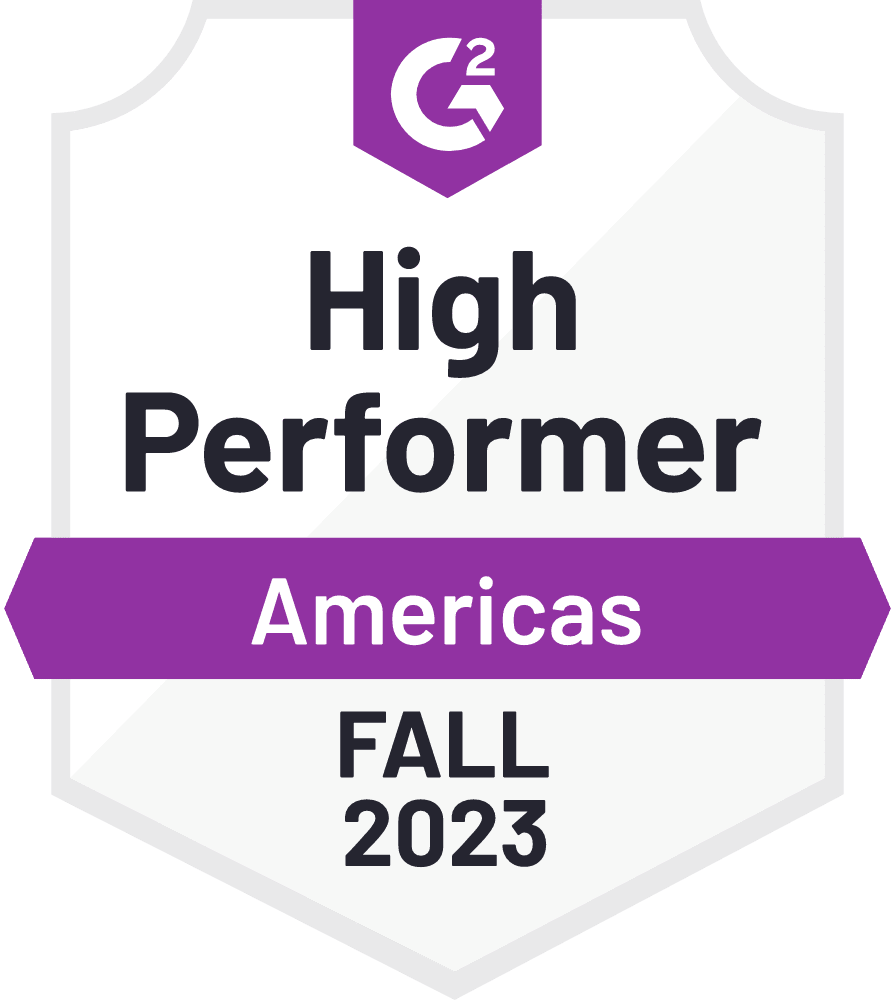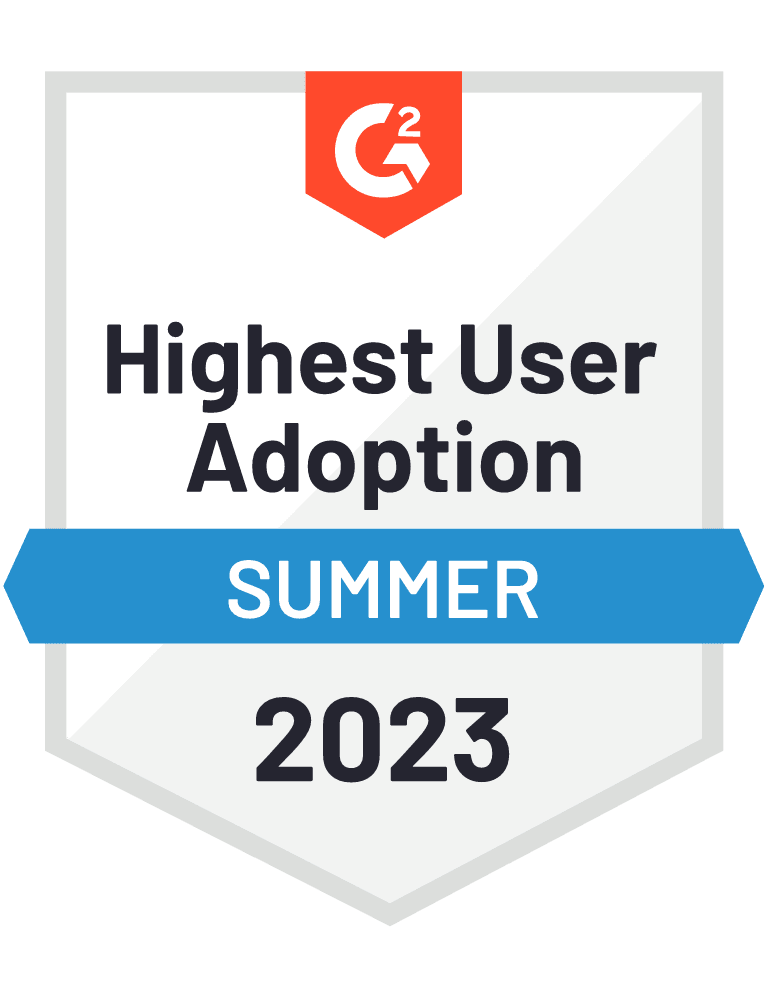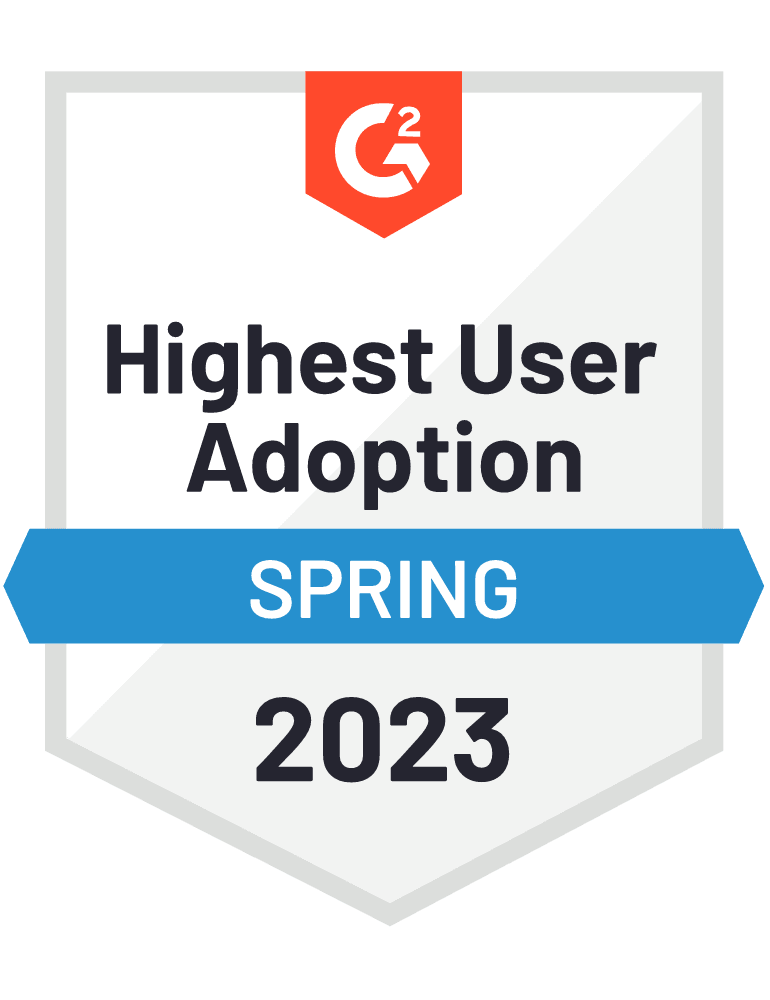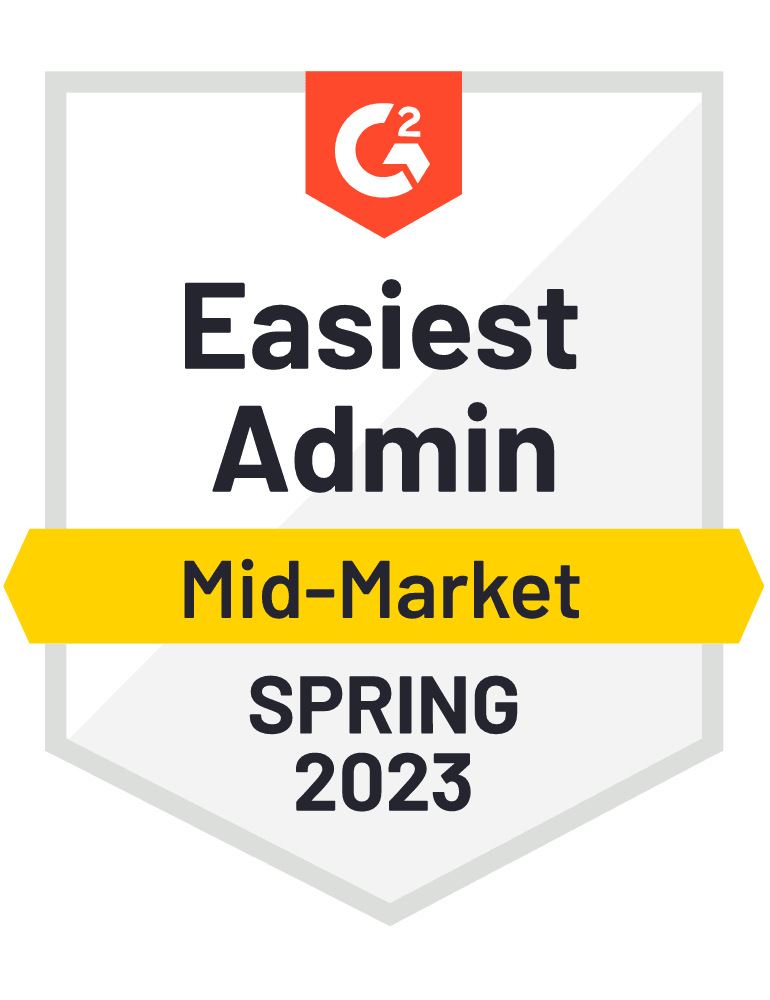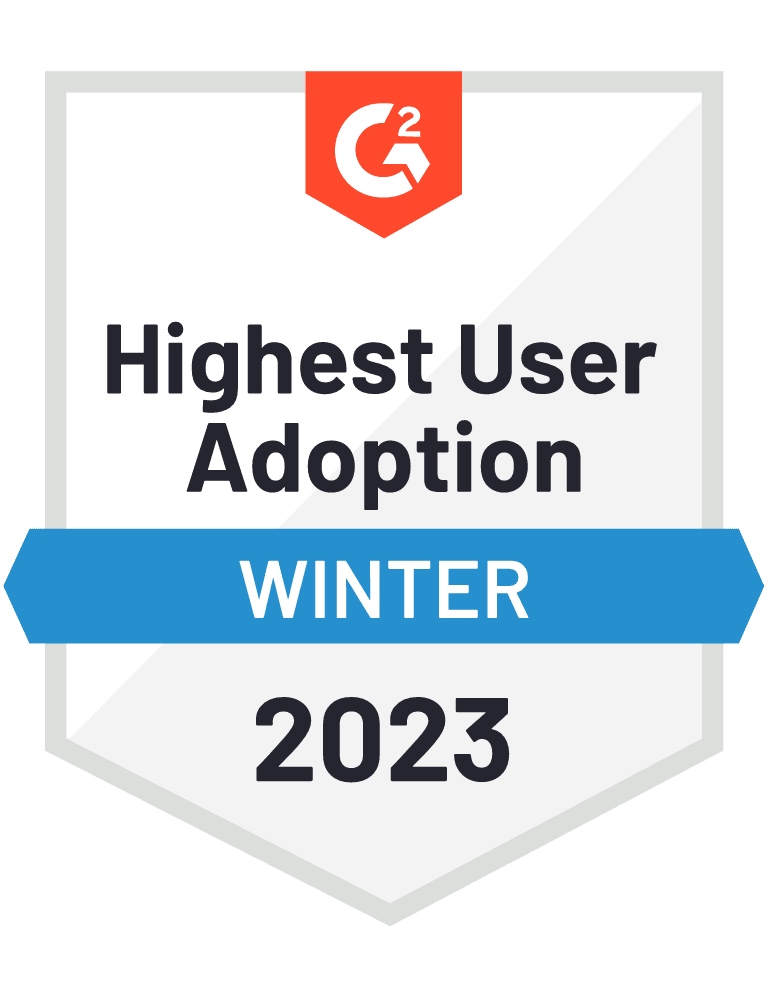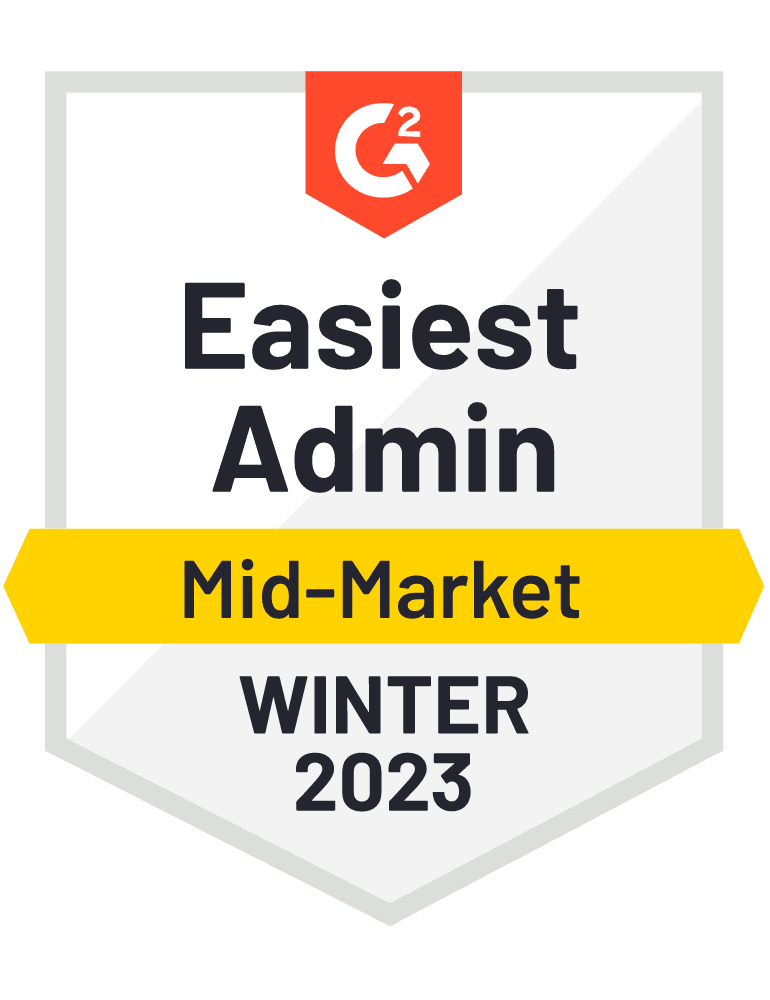Overtime is the law. Ever since the Federal Labor Standards Act (FLSA) was enacted in 1938, employers engaged in interstate commerce have been required to pay time-and-a-half to employees for hours worked over 40 in a workweek.
There’s been a lot of discussions recently about the Department of Labor’s final rule which will increase the overtime exemption threshold from $455 to $679 per week ($23,660 to $35,308 per year). These changes are predicted to make over one million more workers eligible for overtime pay. Will some of them be your home health care aides or other employees? In this blog, we’ll drill down to try to answer that question.
Why Overtime Matters for You:
If you do business in New York or California – or any other jurisdiction where the salary threshold is already higher than $679 per week—this new rule won’t affect you. That’s because you should already be complying with the greater employee protection of your state, which supersedes Federal law.
Let’s say you send an aide to visit a patient in your neighboring state. You’ve just done interstate commerce. Does that mean you are now required to track and pay overtime for every single one of your aides and other employees? No. There are exceptions (of course), or exemptions – as they are called in “labor-ese.” When an employee is “exempt,” it means you don’t have to pay him or her minimum wage or overtime under Federal law. (Keep in mind that state law may still require it – but we’ll leave that for a different time.) When an employee is “non-exempt,” it means you do have to pay overtime and minimum wage under Federal law.
Now that we’ve got the terminology straight, let’s look at these exemptions. One of them is called the companionship exemption. You may remember the legal brouhaha in 2015 over the FLSA attempt – and eventual success – at ending the companionship exemption for agency home health aides. Effective October 13, 2015, your aides have been subject to Federal protections for minimum wage and overtime, unless they fall under a different exemption.
What are some of those other exemptions? The most common is EAP. That doesn’t stand for Employee Assistance Program. It stands for Executive, Administrative, and Professional. Those 3 types of employees are exempt under FLSA if they meet two tests called the duties test and the salary test. Once they pass, even if they work a 45- or 50-hour week, you don’t owe them overtime premiums.
How You Determine Who is Eligible for Overtime:
The Duties Test:
The duties test is a laundry list of duties that an employee must perform in order to be classified as executive, administrative, or professional. The DOL put together a nifty fact sheet that can help you classify your staff. There will be no changes to the duties test.
The Salary Test:
The final rule change that everyone is talking about pertains to the salary test. To qualify as an EAP under the current rule, an employee must be paid on a salaried basis, and that salary must be at least $455 per week ($23,660 per year). Employee advocacy groups have long claimed that this threshold – last updated in 2004 -- is outdated and does not reflect economic realities. The intention of the salary test, these groups argue, is to protect the rights of lower-end wage earners. DOL had actually tried to remedy this disconnect between its rule and the real world back in 2016 by proposing an increase of the weekly threshold to $913 and the annual to $47,476. But that attempt never succeeded. A federal district court in Texas invalidated the rule, and the DOL went back to the drawing board. The result? The final rule, with a more modest increase than the first, will affect approximately 3.7 million fewer workers.
Is this the only change?
No. In addition to increasing the threshold, there are a few more changes that are pertinent for home health care agencies.
- The threshold for highly-compensated employees will increase from $100,000 to $147,414. These employees don’t have to pass the full duties test, but only a streamlined version, to fall under the EAP exemption.
- The salary threshold will be subject to potential increases every four years pursuant to a public notice-and-comment period.
- You will be able to count non-discretionary bonuses and incentive payments (like commissions) towards up to 10% of the threshold. Right now, bonuses and commissions don’t count. And DOL will even let you pay just 90% throughout the year and make a catch-up payment within the first pay period after year-end, in case the employee’s bonuses and commissions don’t bring them over the limit.
- Lower thresholds will apply to US territories as follows:
- Puerto Rice - $455 per week
- Virgin Islands - same
- Guam - same
- Northern Marianna Islands - same
- American Samoa - $380 per week
What happens next?
If you have EAP employees, who are now earning between $23,660 and $35,308, you’ll want to consider increasing their pay to boost them back up into the overtime exemption zone. Or, you’ll want to assess their current and projected work schedules to approximate your overtime.
For example, If Samantha Jones is a professional employee who earns $32,000 but rarely works more than a 40-hour week, you’d probably want to keep her salary at its current level. Even though she’d be subject to overtime under the new rule, you probably won’t owe her much since her hours usually don’t exceed 40. However, if Brenner Smith is an administrative employee earning $34,000 and regularly puts in 10 hours days, it may pay to give him a $1,310 increase and not have to track and pay overtime.
Of course, you’ll need to consider many other factors in making pay increase decisions, including workplace morale, equity, and potential exposure to claims of discrimination.
As always, be sure to check with a labor attorney regarding pay and scheduling decisions.
This information is for educational purposes only, and not to provide specific legal advice. This may not reflect the most recent developments in the law and may not be applicable to a particular situation or jurisdiction.





